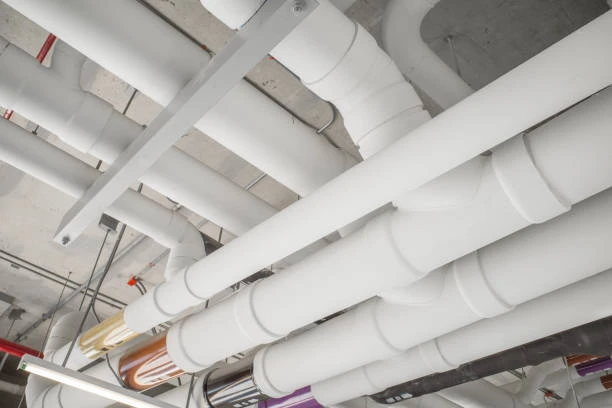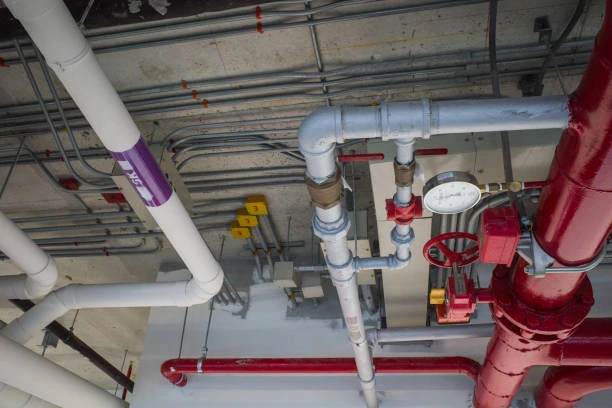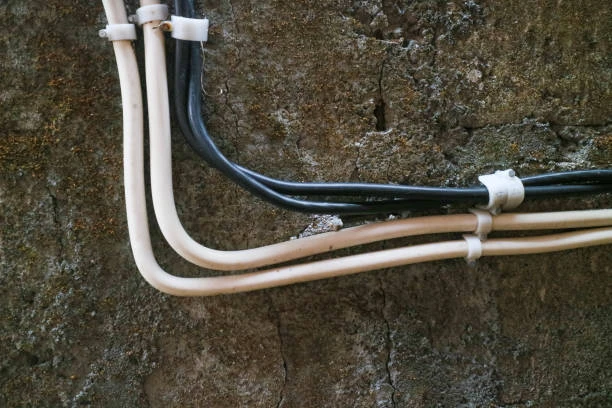Introduction: Ensuring Safe Flow Control in Oxygen Systems
Transporting oxygen safely requires absolute control, material integrity, and high safety standards. Any component involved—especially the valves—must be reliable and chemically stable. Copper ball valves play a crucial role in such systems due to their robust design and safe operational profile. While various technologies offer water valved control solutions, copper ball valves stand out for their safety features when handling pressurised oxygen in both industrial and medical settings.
This article explores the unique safety features of copper ball valves used in oxygen transportation. We’ll look at what sets these valves apart, answer common user questions, explain typical use cases, and provide a comprehensive guide on choosing and installing the right copper valve. A comparison with plastic valves also helps to clarify the best applications for each.
Frequently Asked Questions (FAQ)
1. Can copper ball valves be used in oxygen transportation systems?
Yes. High-quality copper or brass ball valves are suitable for oxygen use, especially if they are free from lubricants and materials that may ignite in high-purity oxygen environments.
2. What makes copper safe for oxygen transport?
Copper has excellent heat conductivity and does not spark easily, which reduces fire risk. It also resists oxidation and corrosion, making it safer than some other metals in oxygen-rich systems.
3. What is water valved control, and how does it relate to oxygen systems?
Water valved control refers to managing water flow using valves. In oxygen systems, similar control methods apply—ensuring precise flow regulation, leak prevention, and system safety.
4. Are there special certifications for valves used with oxygen?
Yes. Valves for oxygen transport often meet standards such as ASTM B62 or EN 12165. They are also cleaned and packaged for oxygen service (CGA G-4.1 compliant in some countries).
5. Is there a fire hazard when using valves with oxygen?
Yes, but the risk is minimised with proper material selection and handling. Copper ball valves, if degreased and oxygen-rated, are among the safest options available.
Definition and Key Characteristics of Copper Ball Valves
A copper ball valve is a type of mechanical shut-off device that uses a perforated, pivoting ball to control the flow of a gas or liquid. It provides a fast and reliable open/close function with minimal resistance and high durability.
Key Characteristics:
Full-Bore Flow: The internal ball has a hole equal to the pipe size, allowing unrestricted flow—vital in oxygen systems to avoid turbulence and pressure drops.
Fast Shut-Off: A 90-degree turn stops flow immediately, which is important in emergency situations.
Non-Sparking Material: Copper is non-ferrous and does not generate sparks under friction, reducing fire risks.
Corrosion-Resistant: Especially when made from DZR (dezincification-resistant) brass or high-purity copper.
Thermal Stability: Can operate safely across a wide range of temperatures without structural changes.
These features make copper ball valves highly suitable for systems that require precise water valved control or oxygen distribution, where even small failures can lead to serious consequences.
Common Uses and Industry Applications
Copper ball valves are widely used across various industries, especially where safe gas or liquid handling is critical.
Typical Applications:
Medical Gas Pipelines: In hospitals and clinics for oxygen, nitrous oxide, and medical air.
Industrial Oxygen Lines: Used in welding, metal cutting, and chemical manufacturing.
Water Treatment Facilities: For controlling water and oxygen injection in filtration systems.
Aerospace and Laboratories: Where safe and sterile gas control is essential.
Compressed Gas Storage and Delivery: Including cylinders and central supply systems.
In all these applications, copper valves provide a trusted solution for both water valved control and high-purity gas delivery.
Selection Guide: How to Choose the Right Copper Valve
Selecting a copper ball valve for oxygen or water flow requires attention to detail. Here’s what to consider:
1. Material Composition
Choose DZR brass or high-grade copper alloy. These materials reduce the risk of dezincification and ensure long-term corrosion resistance.
2. Degreasing and Cleaning
Valves for oxygen systems must be degreased and cleaned to remove oil, grease, or other combustible residues. This ensures they are oxygen-compatible.
3. Valve Size and Pressure Rating
Select valves that match your system’s pipe size and pressure requirements. Most copper ball valves handle pressures from 10 to 40 bar.
4. Sealing Material
Use PTFE or oxygen-rated elastomers. Avoid lubricants that may react with oxygen.
5. Certifications
Ensure compliance with EN, ASTM, or ISO standards, and verify that valves are cleaned for oxygen service if applicable.
6. Valve Handle
Choose valves with lockable or identifiable handles to prevent unauthorised use or accidental operation.
Installation Tips and Best Practices
Correct installation is vital to maintain system safety, especially when transporting oxygen. Follow these practical steps:
Avoid Lubricants: Never use grease or oil-based compounds on valves intended for oxygen.
Clean Thoroughly: Use lint-free cloths and non-reactive solvents before installation.
Proper Orientation: Install the valve in the correct flow direction, following manufacturer markings.
Isolate During Maintenance: Always depressurise the system before servicing a valve.
Test Under Pressure: Conduct hydrostatic or pneumatic testing to ensure sealing integrity.
Using professional installation standards is key to keeping oxygen systems safe and leak-free.
Copper vs Plastic Valves: A Comparison for Safety
| Feature | Copper Ball Valve | Plastic Valve (e.g., PVC, CPVC) |
|---|---|---|
| Heat Resistance | High – up to 120°C or more | Moderate – usually up to 60–90°C |
| Pressure Handling | Excellent – up to 40 bar | Moderate – often limited to 10–16 bar |
| Fire Safety | Excellent – non-sparking, non-combustible | Poor – can melt or burn under certain conditions |
| Oxygen Compatibility | Yes, if properly cleaned and rated | Not suitable for high-purity oxygen |
| Material Degradation | Slow – resists corrosion and scale build-up | Can degrade under UV or heat |
| Durability | Long life in industrial systems | Shorter lifespan under high temperature/pressure |
| Cost | Higher upfront, lower maintenance cost | Lower cost but potentially higher replacement rate |
From this comparison, it’s clear that copper ball valves are more appropriate for applications involving oxygen, where safety, heat resistance, and structural strength are priorities.
Conclusion
Copper ball valves offer a reliable and safe solution for oxygen transportation systems. Their non-sparking, corrosion-resistant nature and mechanical durability make them ideal for high-pressure and high-purity environments. When used correctly, they support safe and effective water valved control and oxygen distribution.
Whether you’re building a medical oxygen system or an industrial gas pipeline, choosing the right copper valve ensures not only operational success but also safety for users and technicians. Plastic valves may offer lower costs, but copper remains the standard in systems where performance under pressure and high temperature is non-negotiable.
Connect
IFAN is a Chinese manufacturer with over 30 years of experience producing copper fittings, plastic pipes, and valves. We understand the importance of safety in oxygen and water systems and provide a wide range of certified, reliable copper ball valves tailored for high-pressure applications.
If you’re interested in our products, including copper ball valves for oxygen systems or water valved control solutions, we are here to support your projects.
- For more information,pls visit our webside https://waterpipefitting.com/
Pls Mailto: [email protected]
Whatsapp: +86 15088288323
We respond to all inquiries within 24 hours and are happy to provide technical support and custom quotations.
IFAN Product International Standards
To ensure safety and quality, IFAN products meet a wide range of international standards, including:
ISO 15874, EN 15874, ASTM F2389, DIN 8077/8078, GB/T 18742, NBR 15884, ISO 15494, EN ISO 15494, ASTM 2846, ASTM D1785 SCH40/80, ISO 1452, DIN 8061/8062, CSA B137.3, JIS K6741, among others.
Whether you need piping for clean water, medical gases, or industrial systems, our copper valves and fittings are tested, approved, and trusted worldwide.














Recent Comments